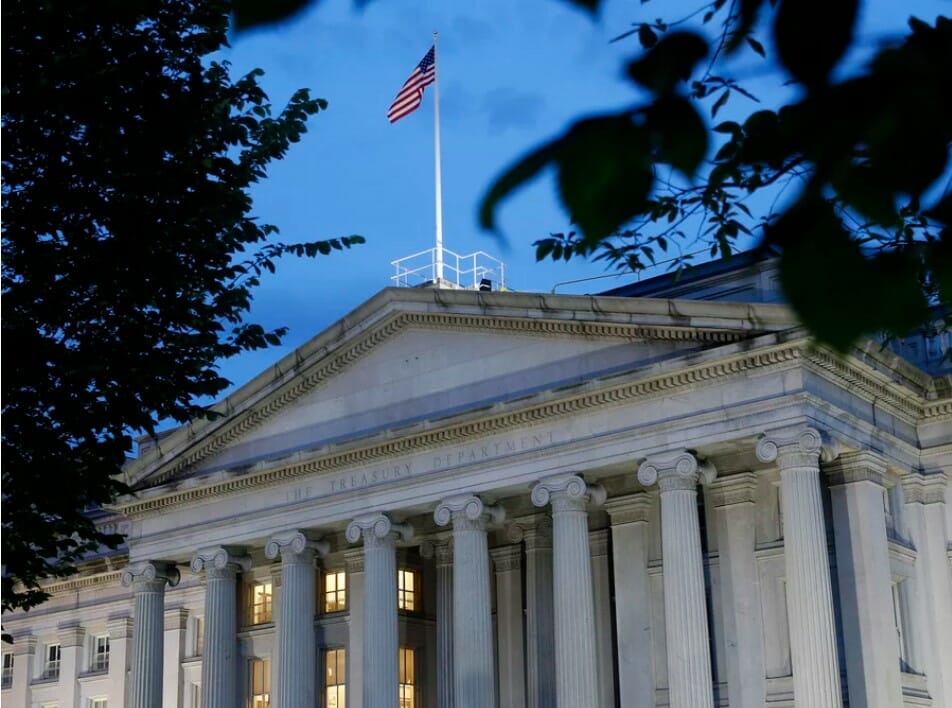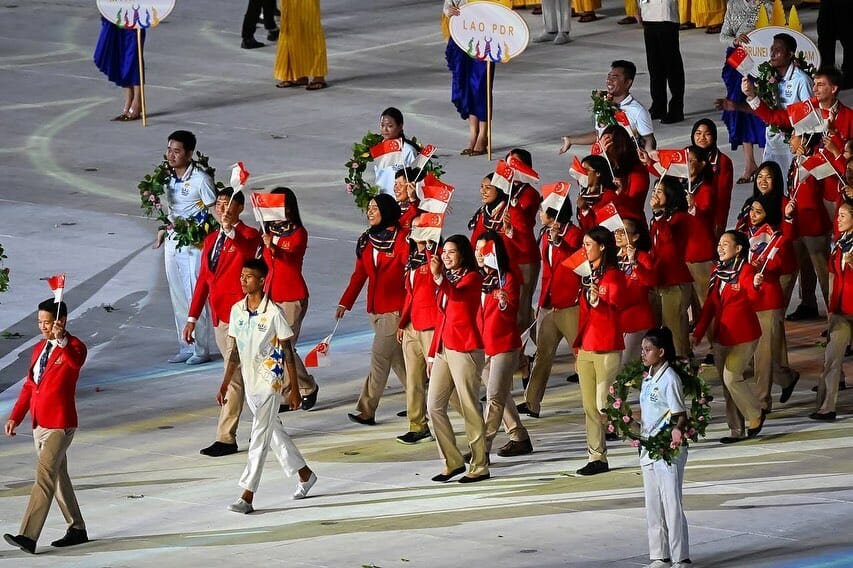KUALA LUMPUR (May 6): Bank Negara Malaysia’s (BNM) decision to hold the Overnight Policy Rate (OPR) signals that the Central Bank has a lot of confidence in its monetary policy landscape to manoeuvre if the need arises to buttress economic outlook in the long run.
Juwai IQI Global chief economist Shan Saeed said BNM had done plenty of OPR reduction last year and it took a good 12 to 15 months for the policy lever to make its impact on the economy.
“At the moment, three good variables are happening, namely, price inflation is well below 2%, economy is showing signs of recovery, and export numbers are up for the last four months.
“Gross Domestic Product (GDP) growth outlook stands between 3 and 4% with potential towards the higher side. We have not changed our forecast for this year’s GDP,” he told Bernama today.
Thus, he said, BNM did not need to adjust the monetary policy levers as it just needed to wait for fiscal policy stimulus to make an impact on the consumers’ aggregate demand to gauge the GDP outlook.
The Central Bank maintained the OPR at 1.75% at its third Monetary Policy Committee (MPC) meeting today.
In a statement Thursday, BNM said the MPC considered the stance of monetary policy to be appropriate and accommodative.
“Given the uncertainties surrounding the pandemic, the stance of monetary policy going forward will continue to be determined by new data and information and their implications on the overall outlook for inflation and domestic growth,” it said.
The central bank said it also remained committed to utilise its policy levers as appropriate to foster enabling conditions for a sustainable economic recovery.
Meanwhile, Malaysian Rating Corporation Bhd (MARC) said BNM was expected to keep the OPR at its historical low of 1.75% for the rest of the year.
“With inflation returning, the real interest rate is likely to fall, and as such, further rate cuts will likely be off the table. In any case, there is little sign to suggest that BNM is in any hurry to adjust its policy setting in the immediate term,” it said in a statement.
On the local currency’s performance, Shan said the ringgit had maintained structural stability and was moving up slowly as the US dollar was going to lose its value in the coming quarters.
He said the greenback was heading for tail-end risk which would benefit emerging market currencies like South African rand, Indonesian rupiah, Brazilian real, Malaysian ringgit and Russian rouble.
“We at Juwai IQI shared in the market as the year commenced that the ringgit/US dollar would meander around 3.67 to 4.10 and the fair market value of the ringgit against the dollar should fall between 3.80 and 3.95 to make it competitive with regional currencies.
“The ringgit is holding on well despite a lot of movement in the global currency market,” he said.
Moreover, he said, the central bank had the confidence that economic growth was going to bounce back despite the third Movement Control Order (MCO 3.0) since businesses were still operating with standard operating procedures (SOPs) and adherence to guidelines.
“MCO 3.0 should be short-lived as virus numbers are already on the decline. The government’s handling of the virus is bearing fruit and more people are getting vaccinated. (It’s) good for the economic outlook,” he added.





